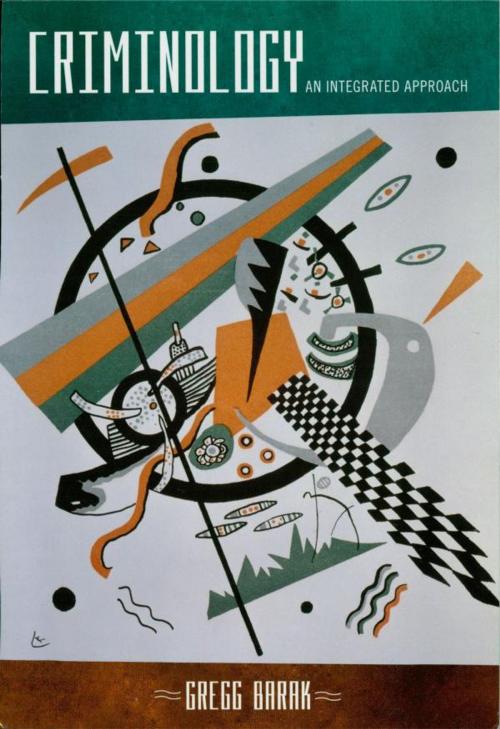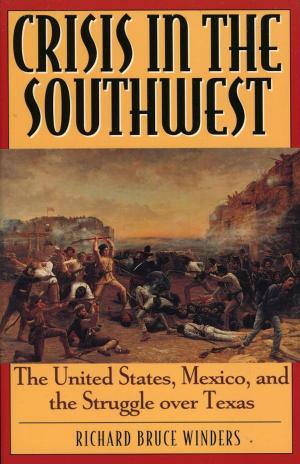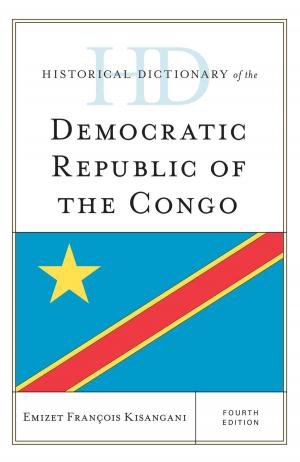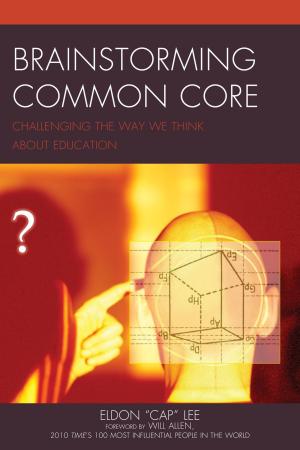Criminology
An Integrated Approach
Nonfiction, Social & Cultural Studies, Social Science, Crimes & Criminals, Criminology| Author: | Gregg Barak | ISBN: | 9781461636663 |
| Publisher: | Rowman & Littlefield Publishers | Publication: | September 16, 2009 |
| Imprint: | Rowman & Littlefield Publishers | Language: | English |
| Author: | Gregg Barak |
| ISBN: | 9781461636663 |
| Publisher: | Rowman & Littlefield Publishers |
| Publication: | September 16, 2009 |
| Imprint: | Rowman & Littlefield Publishers |
| Language: | English |
Criminology: An Integrated Approach is the first criminology textbook to provide an integrated perspective on the developing global and historical relations that unite the studies of criminology/criminologists, criminal justice/justicians, and crime/crime control in the 21st century. In order to achieve this integration, the book is divided into three parts.
Part I, "a unifying analysis of crime and crime control" does three things: First, the studies of criminology and criminal justice are reunited in the context of globalization. Second, the official and unofficial forms of crime and criminal behavior are examined domestically and globally. Third, unlike most criminology texts, theories are also used to explain the administration of criminal justice, the behavior of law enforcement and crime control, as well as the policies of sentencing and punishment.
Part II, "explaining criminal behavior and crime" outlines the changing historical conditions of criminological inquiry and provides detailed overviews of the various contributions made from economics and law, biology, psychology, and sociology. These criminological theories are also subject to a critique based on the partialities of most of these explanations and on the need for developing integrated explanations.
Part III, "integrating criminological strands," is divided between presenting elaborations of contemporary criminological integrations that transcend disciplinary boundaries and elaborating on both domestic and international policies of crime reduction and justice enhancement in an age of globalization.
Criminology: An Integrated Approach is the first criminology textbook to provide an integrated perspective on the developing global and historical relations that unite the studies of criminology/criminologists, criminal justice/justicians, and crime/crime control in the 21st century. In order to achieve this integration, the book is divided into three parts.
Part I, "a unifying analysis of crime and crime control" does three things: First, the studies of criminology and criminal justice are reunited in the context of globalization. Second, the official and unofficial forms of crime and criminal behavior are examined domestically and globally. Third, unlike most criminology texts, theories are also used to explain the administration of criminal justice, the behavior of law enforcement and crime control, as well as the policies of sentencing and punishment.
Part II, "explaining criminal behavior and crime" outlines the changing historical conditions of criminological inquiry and provides detailed overviews of the various contributions made from economics and law, biology, psychology, and sociology. These criminological theories are also subject to a critique based on the partialities of most of these explanations and on the need for developing integrated explanations.
Part III, "integrating criminological strands," is divided between presenting elaborations of contemporary criminological integrations that transcend disciplinary boundaries and elaborating on both domestic and international policies of crime reduction and justice enhancement in an age of globalization.















